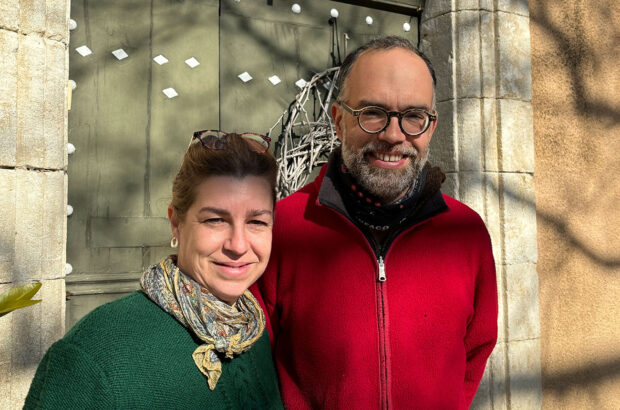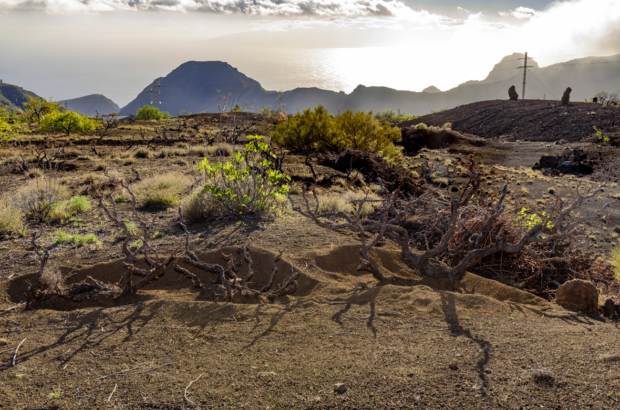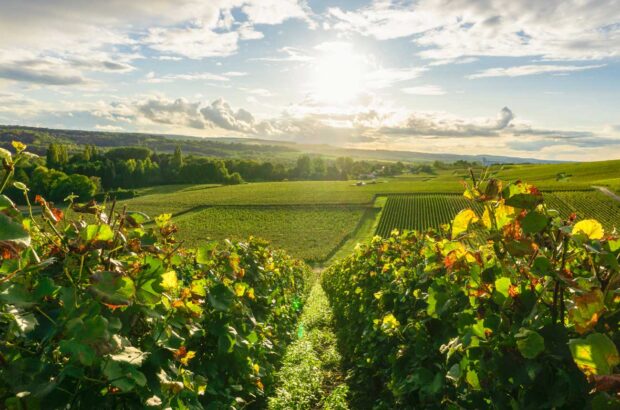See the scores and tasting notes for the top 10 Lalande de Pomerol wines from the 2014 vintage, tasted by James Lawther MW.
It’s an uneven vintage on the Right Bank in 2014, the key factors for success being soil type, work in the vineyard and a percentage of Cabernet Franc in the blend.
As with the rest of Bordeaux, the Right Bank experienced a reasonably successful flowering, cool, wet July and August and the saving grace of an Indian summer. But there was more rain than on the Left Bank (particularly in the months of July, August and September), although it varied by sector and the earlier ripening Merlot not only swelled but benefited less from the fortuitous late-season weather.
Hence success in the vintage is closely linked to vineyards on well-drained soils that were able to regulate the water supply, mainly limestone and good vineyard management. The vine continued to grow through the ripening cycle so there was a constant need for maintenance. Vigilance was also needed for downy mildew.
If it’s more of a Cabernet year, it’s also a Cabernet Franc year, the grape ripening magnificently in the late-season sunshine and harvested the second week in October. So expect more Cabernet Franc and even Cabernet Sauvignon in blends.
This doesn’t mean to say the Merlot was a write-off. It was largely harvested at will without threat of rot and within the above mentioned parameters, there are some very attractive wines. These have an ageing potential of 10 years for “petits châteaux” and 20 years or more for those with a more serious aura. Potential buyers should look at Fronsac/ Canon-Fronsac and Castillon-Côte de Bordeaux for early drinking and St Emilion for wines to cellar.
Stylistically, the wines have attractive fruit, tender tannins, alcohol of 13% to 14.5% and a freshness linked to high acidity and low pH. In other words these are good, classic Bordeaux. They are not as rich and intense than 2011, 2012 and 2013. Equal to a superior 2012 or a 2008 for the best.
As in Pomerol, the weather in 2014 was generally less favourable to producers in Lalande de Pomerol. Much of the appelation is on rather flat sandy-gravel soils so the rain was a mitigating factor including the 60mm rain storm that fell on 18 September. There are, of course, exceptions some of the vineyards have clay and gravel and there’s the individual skill of the producer but generally the wines are lighter in style (though not as light as 2013), some with a green edge.







